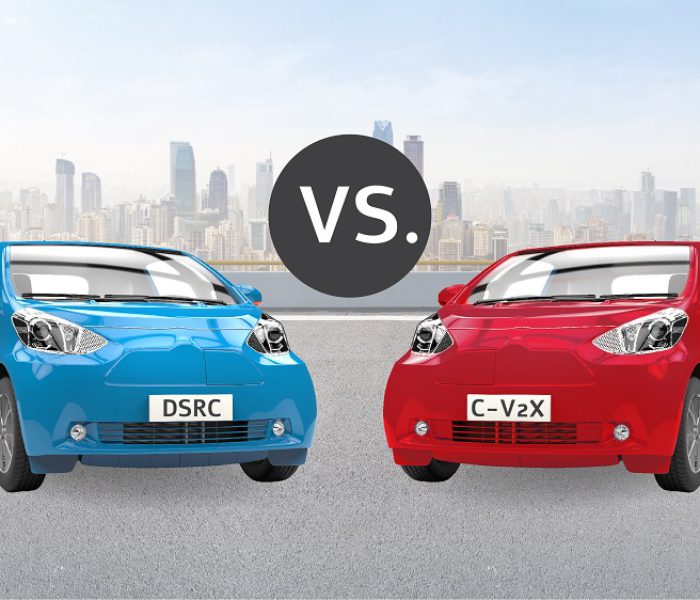One Global V2X Solution: Concurrent DSRC and C-V2X
能同时拥有两种时,为何要选择一种呢?

V2X标准的分歧需要一种全球性解决方案
V2X diverged into two different standards: DSRC, with a large install base in Europe, and C-V2X, selected in China and the US, with fundamentally different architectures. This makes it difficult for OEMs to harmonize a single global solution.
Our chips speak all languages: DSRC or C-V2X
We decided to resolve the issue of the two competing V2X standards and design one global solution: the world’s first dual mode chipset. With our global V2X solution, OEMs no longer need to develop a solution per geography.
下一代V2X
Both DSRC and C-V2X evolved into their next generation standards, IEEE802.11bd and 5G-V2X, respectively. Qualcomm® V2X 350 chip and V2X 300 chip support the new standards.
Global V2X chipset: automotive qualified with global security
We deliver dual-mode (DSRC and C-V2X) functionality on its automotive qualified AEC-Q100 grade 2 chipsets. All global security standards (US, China and Germany) are supported.
此解决方案不依赖于任何蜂窝网络
Our global V2X solution does not need a cellular connect to work. There are many clear advantages to the separation from the cellular network both to the OEM and the consumer.
Benefits to the Consumer:
对消费者的好处
安全信息和信息娱乐相分离
In order to ensure that V2X is reliable and secure for usage by ADAS, V2X must be separated from the cellular network.
Open ecosystem and lowest development cost:
One global V2X platform and flexibility in setting all system components.
Relevant Links:




